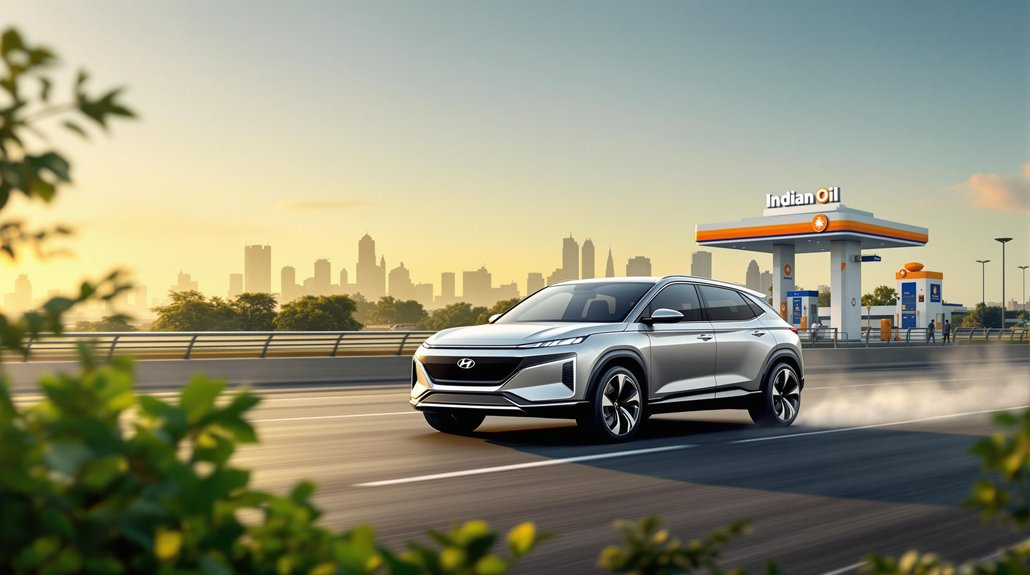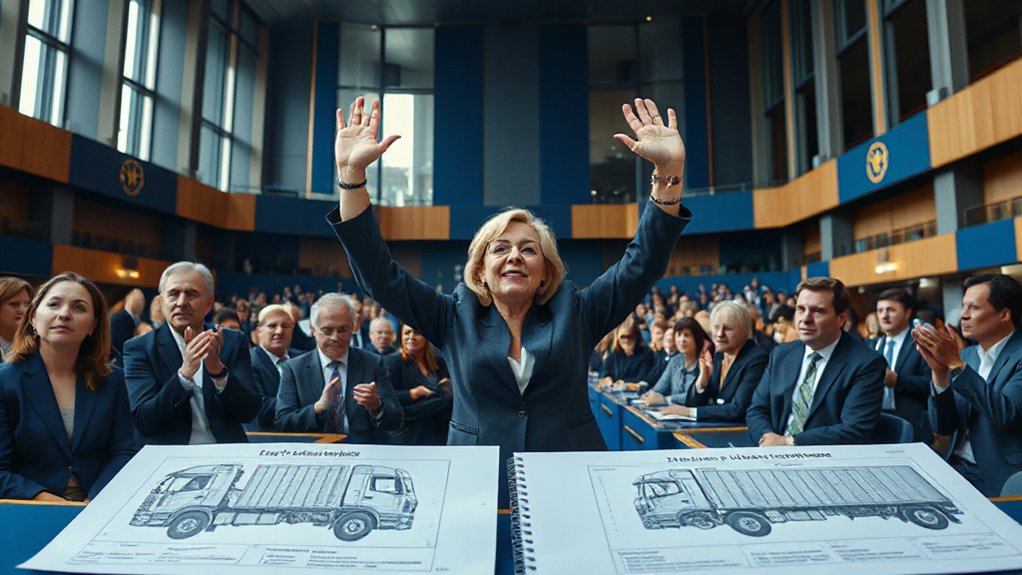As traditional diesel engines begin to lose their century-long grip on American farming, electric tractors are surging across Midwest fields with surprising momentum. The numbers don’t lie. What started as a $140 million market in 2023 is barreling toward $340.69 million by 2029. That’s nearly 16% growth annually. Not bad for an industry typically resistant to change.
Illinois isn’t waiting around. They’ve thrown $10 million in grants at farmers willing to ditch diesel. Smart move. The Midwest, America’s agricultural powerhouse, is seeing electric tractor adoption rates projected to jump 16.32% by 2029. Why? Because they work. They’re cheaper to operate. No diesel, less maintenance, fewer headaches.
Midwest farmers aren’t just talking green—they’re investing green. No diesel, fewer repairs, pure profit.
Companies like Monarch, Solectrac, and Mahindra are leading the charge with models specifically designed for Midwest terrain. These aren’t your grandpa’s tractors. Monarch’s machines can literally drive themselves, currently showing off at the University of Missouri. Students there are learning to farm without ever touching a steering wheel. Welcome to 2024, folks.
The technology is genuinely impressive. We’re talking GPS tracking, telematics, and sensors that can tell the difference between a weed and a corn stalk. John Deere’s models can adjust implements on the fly based on what they “see” in the field. It’s almost creepy how smart they’re getting.
For Midwest farmers, who’ve been hammered by volatile fuel prices for decades, the economics make sense. The 40-80 kWh capacity tractors are becoming increasingly popular for their ability to handle intensive energy demands on mid to large-sized farms. Electric tractors don’t care about OPEC decisions or pipeline problems. They just need a charge—and with 500 rural charging stations planned by 2025, that’s becoming less of an issue. The sector is following the broader clean energy trend, where job growth is outpacing the general economy at nearly double the rate.
The result? A surprisingly rapid transformation in America’s heartland. The smaller, sub-50-horsepower models are particularly popular, perfect for the region’s mixed terrain and diverse crop needs. Government incentives are accelerating this adoption through tax credits and grants. Traditional manufacturers are scrambling to catch up. Too little, too late? Maybe. The electric transformation won’t be televised—it’ll be harvested.
References
- https://www.arizton.com/market-reports/us-electric-tractor-market
- https://www.globenewswire.com/news-release/2025/04/16/3062300/28124/en/U-S-340-69-Mn-Electric-Tractor-Market-Industry-Outlook-Forecast-2024-2029.html
- https://www.agweb.com/news/machinery/tractors/first-monarch-electric-autonomous-tractor-lands-midwest
- https://www.prnewswire.com/news-releases/us-tractors-industry-to-2028—midwest-region-shows-a-higher-demand-301626116.html
- https://www.businesswire.com/news/home/20240702758135/en/U.S.-Tractor-Industry-Analysis-Forecast-2024-2029-Role-of-Mechanization-Increase-in-Adoption-of-Precision-Farming-Development-of-Smart-Autonomous-Tractors-Fueling-Opportunities—ResearchAndMarkets.com








